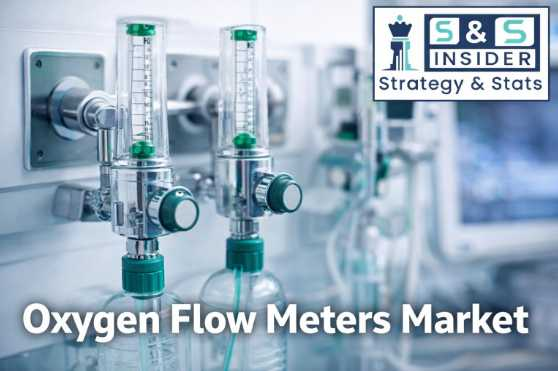Artificial Intelligence (AI) continues to evolve at warp speed, affecting and improving our everyday lives in the workplace, at home, and in the classroom.
If you’re not currently attending school, you may not be aware of the impact of AI-powered teaching tools in the world’s classrooms.
While AI was first viewed with caution by some educators, AI tools and applications are being welcomed into classrooms by teachers and students alike.
In addition to assistance with learning new languages and demystifying subjects like math, AI tools enable teachers and students to collaborate by identifying weaknesses and freeing up teachers’ time.
First, we’ll look at AI tools that are especially popular, especially with math-hating students.
AI-Powered Algebra
Since math class is disliked by more students than any other, with almost 40% of high school students describing it as the hardest subject, it was a natural progression for AI developers to offer solutions.
Tools like Carnegie Learning's MATHia and Third Space Learning provide online tutoring and video-powered lessons that may be assigned by the app, or by a teacher.
These AI math tutors adapt to different students’ learning styles, identify the areas where they’re having trouble, and provide targeted practice sessions.
Both applications can be used by teachers to perform individual assessments, so they can arrange to meet with students who require additional help.
While math is becoming less challenging for students, teachers have something to celebrate as well. AI can help them escape the drudgery of grading hundreds of student tests each week.
AI Detection Tools Provide Accuracy and Integrity Solutions
As AI tools become a mainstay in classrooms, detecting tools are becoming ever-more crucial to upholding educational standards and maintaining integrity. These tools help monitor and assess AI-powered applications to ensure accurate and fair assessments are provided by them. AI detection tools can ensure that AI-driven grading systems are consistent and free from biases, as well as verify that tutoring programs deliver appropriate and reliable content.
Deploying AI detection tools allows educators to quickly recognize any misuse or over-dependence on AI, helping educators address any potential issues and adapt their approach. Schools that implement detection mechanisms can ensure educational quality and fairness while creating a productive and trustworthy learning environment.
AI Grading Tools
Before AI entered the classroom, many teachers spent up to two hours a day grading their students’ tests and homework. The introduction of AI-based grading tools like Gradescope has helped teachers reclaim some of this time.
Gradescope’s Large Language Models (LLMs) provide assistance with grading math, physics, chemistry, engineering and biology tests.
After the grading tool completes its review, teachers streamline their own final reviews, using the time saved to arrange private meetings with students and parents.
While no AI application can replace a tutor, some are particularly adept at providing personalized learning experiences.
One-On-One Learning
Since AI algorithms can tailor almost any educational subject and lesson content to individual student’s needs, some programs can be used by an entire class simultaneously. Each student has the option to proceed with AI lessons at their own speed.
Discovery Education offers AI learning platforms for a variety of subjects, including reading, social studies, math, and science.
Some Discovery products, such as DreamBox Reading, debuted as a separate company before acquisition by Discover.
DreamBox Reading Plus and Reading Park are comprehensive, data-driven programs designed to increase students’ reading skills, comprehension and vocabulary.
Another area of learning that can be challenging, especially for adults: English as a Second Language, often abbreviated as ESL.
Easier ESOL With AI
Also described as English for speakers of other languages (ESOL), ESL courses present unique challenges. In addition to little exposure to English during childhood, students may have few opportunities to practice conversational skills.
This has resulted in the creation of new ESOL tools that provide audio of correct pronunciation to students.
FLOW Speak provides students with unlimited speaking practice, which helps improve their confidence, pronunciation, and fluency. ESOL teachers may track their students’ progress and spot problem areas with FLOW Speak’s admin dashboard.
Speechify reads to ESL students, assisting with correct pronunciation. This application can be uploaded to a cell phone for practice on the go.
While many AI applications address particular class subjects, other teachers and students share a larger problem. They may live in an area where traditional classrooms are out of reach or non-existent.
Long-Distance Relationships
Data from the nonprofit Global Citizen reported that around 59 million children are unable to secure a basic education.
Reasons for this included:
Distance between their homes and schools;
Lack of funds to finance tuition;
Discrimination, especially towards female and disabled students; and
Lack of textbooks and learning materials.
However, some AI tools are beginning to help reduce this number.
One example: a Rwanda classroom, where textbooks are scarce and classrooms may be overcrowded. The AI-powered application Mindspark was introduced for two hours a week to teenage students.
The application provided several forms of assistance, including identifying and addressing weaknesses in the students’ math homework. Mindspark also assisted the instructor by providing practice exercises to students.
Lack of classroom materials is another area where AI tools provide users with the ability to create content.
Applications like Quillionz enable teachers to develop interactive quizzes, generate writing prompts, and create engaging scenarios for problem-based learning.
Whether you’re involved in education or writing at your workplace, you’ll want to check out the latest array of AI tools at Undetectable.ai. Create and improve business content in minutes instead of hours, improve your SEO results, and more.



















